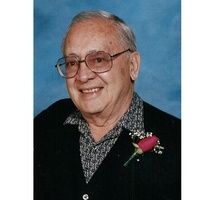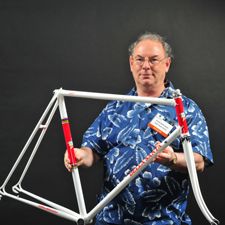Some Christians celebrate today, the 6th of January, as the Epiphany. It's the day after the Twelfth Night of Christmas, so this day is often regarded as the end of the Christmas season.
While some folks take down their Christmas trees and decorations the day after the holiday, or on New Year's Day, I've known many others who put away their holiday decorations on this date. Also, many decorations in public places like shopping malls and town squares are removed on or around this date.
Such places include the Atlas Park, about 10 kilometers from my apartment. It's an open-air mall very similar in design to European Village of Palm Coast, Florida. Both opened around the same time: just in time for the financial crisis of 2007-2008. But while EV was built on previously undeveloped land, AP was constructed on the site of Atlas Terminal Industrial Park, which once housed General Electric, Kraft, Westinghouse and New York Telephone as well as other manufacturers.
I don't know whether any Christmas decorations were ever made there. In the confines of ATIP, however, a company made functional objects that could have served as tree or window ornaments:
If you're of, ahem, a certain age, you might have ridden a bike equipped with those reflectors. You might still have them, or these:
 |
| Gulco "6 pie" reflector, above and below. |
Schwinns and other bikes from the 1940s through the 1970s came with Gulco reflectors. Sometimes the company's information was engraved on the metal backing: Charles Gulotta Company (hence Gulco) of Glendale, New York.
We all know that modern reflectors and lights do their jobs better than their earlier counterparts. But you have to admit, those old lights and reflectors had style, or at least character, you just don't find in the new stuff.
Bikes from the 1940s and 1950s used the "bubble" or "jewel" reflectors, while Sting Rays and "muscle" bikes from the 1960s and 1970s came with "2 pie" or "6 pie" reflectors. All fetch premium prices on eBay. So does the special bracket that attached "6 pie" reflectors to "banana" seats on Sting Rays.
The small "jewel" reflectors were sometimes attached to the end of leather strips wrapped around hub shafts. Hipsters and other urban fixed-gear riders sometimes replicate those "hub shiners" on their new machines.
Gulotta/Gulco didn't make reflectors only for bicycles. The smaller ones were often used to attach license plates to cars and motorcycles; other "shiners" were also found on boats, trucks and other vehicles.
During the 1970s, Japanese bicycles found popularity among American cyclists. Much about them was equal or superior to their American and European counterparts: the lug work was often cleaner (at least on the lower- and middle-priced bikes), the SunTour and Shimano derailleurs were easier to shift and more precise and the bikes represented better overall values for the money. The Cateye reflectors that came with Fujis, Nishikis, Miyatas and other Japanese bikes were brighter, lighter in weight and sturdier (or at least less delicate).
I tried to obtain information on how long Gulotta/Gulco continued to manufacture. All I could find were reports that "Charles Gulotta Co Inc" was first registered as a business name in 1925; a trademark application was filed in 1960, approved the following year and renewed in 1981 and "dead/cancelled" in 2002. So, my guess is that Gulotta/Gulco was making reflectors--though, possibly, not bike-specific ones--into the 1980s, and possibly the 1990s. By 2000, Atlas was no longer functioning as an industrial facility.
If you're restoring a Schwinn Phantom or Sting Ray, it simply wouldn't be complete without the right reflector--made in my neighborhood, more or less!



























